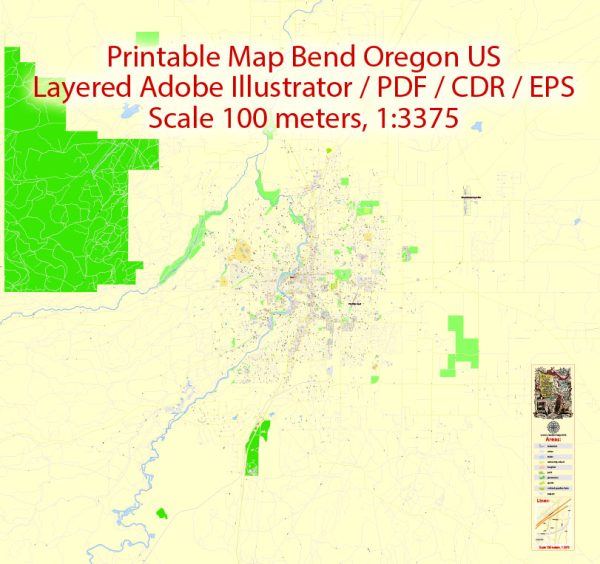Bend, Oregon, is a city located in Deschutes County in the central part of the state. The history of Bend is closely tied to its geographical location and the economic activities that have shaped the region over time. Here is a brief overview of Bend’s history:
- Native American Presence: Before the arrival of European settlers, the Bend area was inhabited by indigenous peoples, including the Northern Paiute and the Warm Springs tribes. They lived in the region for centuries, relying on the natural resources of the area.
- Early European Settlement: The first known European settlers in the area were fur trappers and explorers who arrived in the early 19th century. The region’s abundant forests and wildlife attracted trappers, but settlement was limited.
- Logging and Timber Industry: The late 19th century saw an increase in settlers, primarily due to the growth of the logging and timber industry. The Deschutes River and its tributaries provided transportation routes for logs, and sawmills were established in the area.
- Incorporation and Growth: Bend was officially incorporated as a city in 1904. In the early 20th century, it experienced rapid growth, becoming a hub for the timber industry, as well as agriculture and ranching.
- Decline of Timber: The timber industry remained a vital part of Bend’s economy for many years. However, by the mid-20th century, the industry began to decline, leading to economic challenges for the region.
- Recreation and Tourism: As the timber industry waned, Bend’s economy shifted towards recreation and tourism. The city’s proximity to the Cascade Mountains and its natural beauty attracted outdoor enthusiasts, leading to the development of a vibrant tourism industry.
- High-Tech Industry: In recent years, Bend has experienced growth in the high-tech and healthcare sectors. It has become a popular destination for entrepreneurs and professionals seeking a higher quality of life.
- Cultural and Artistic Hub: Bend is known for its vibrant arts and culture scene. The city hosts numerous events, music festivals, and art exhibitions throughout the year.
- Population Growth: Bend’s population has been steadily increasing, and it is one of the fastest-growing cities in Oregon. This growth has presented both opportunities and challenges for the city, including issues related to housing and infrastructure.
- Outdoor Recreation: Bend is renowned for its outdoor recreational opportunities, including hiking, skiing, mountain biking, and water sports. The nearby Deschutes National Forest and the Deschutes River provide a wealth of options for outdoor enthusiasts.
In summary, Bend, Oregon, has a diverse history that includes the indigenous presence, the rise and decline of the timber industry, and the transformation into a thriving city known for its outdoor activities and high quality of life. The city’s history has shaped its character and made it a popular destination for both residents and visitors.


 Author: Kirill Shrayber, Ph.D.
Author: Kirill Shrayber, Ph.D.